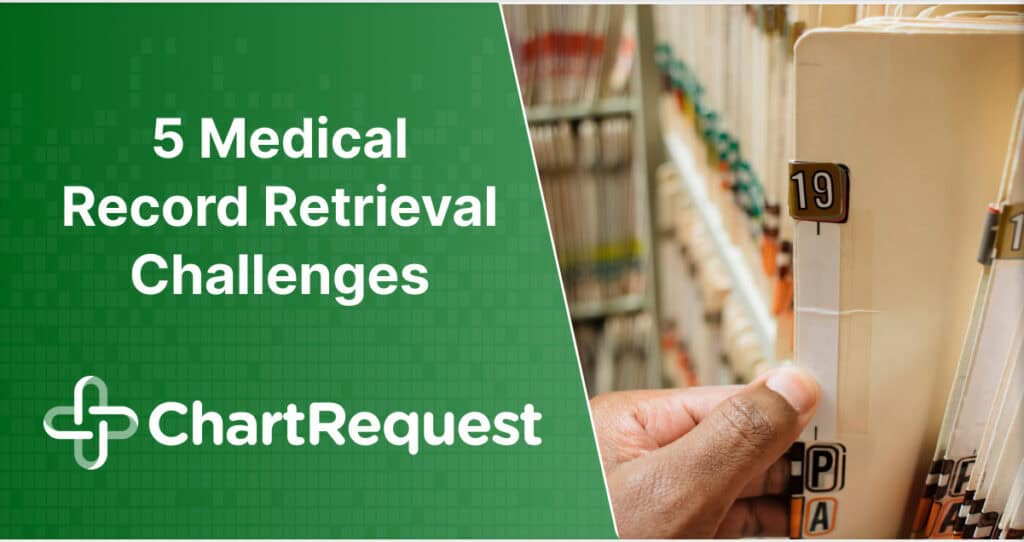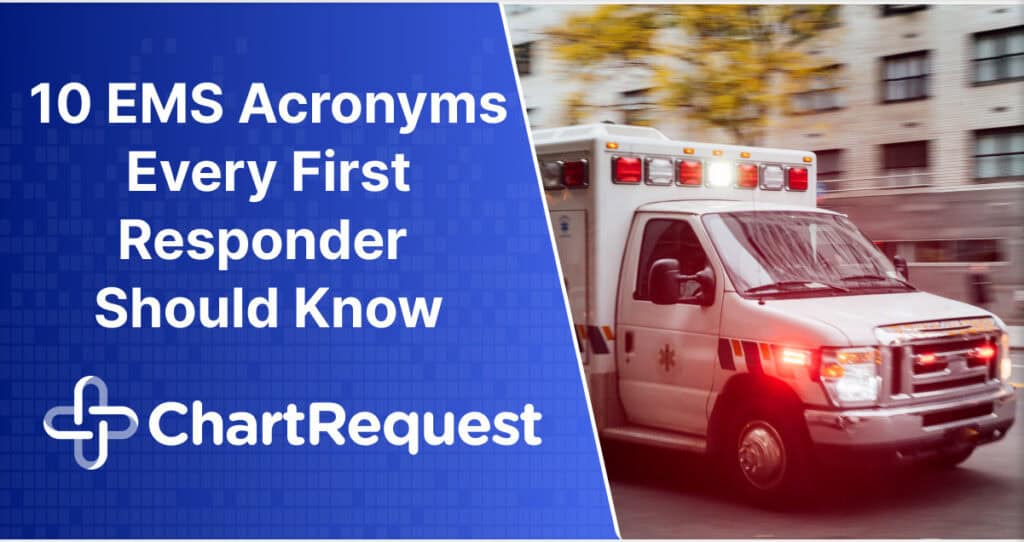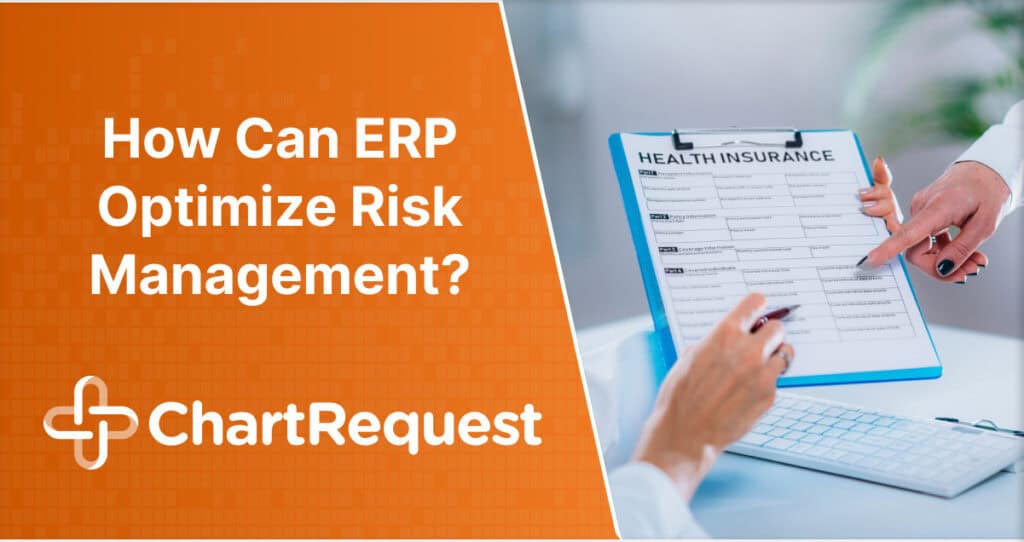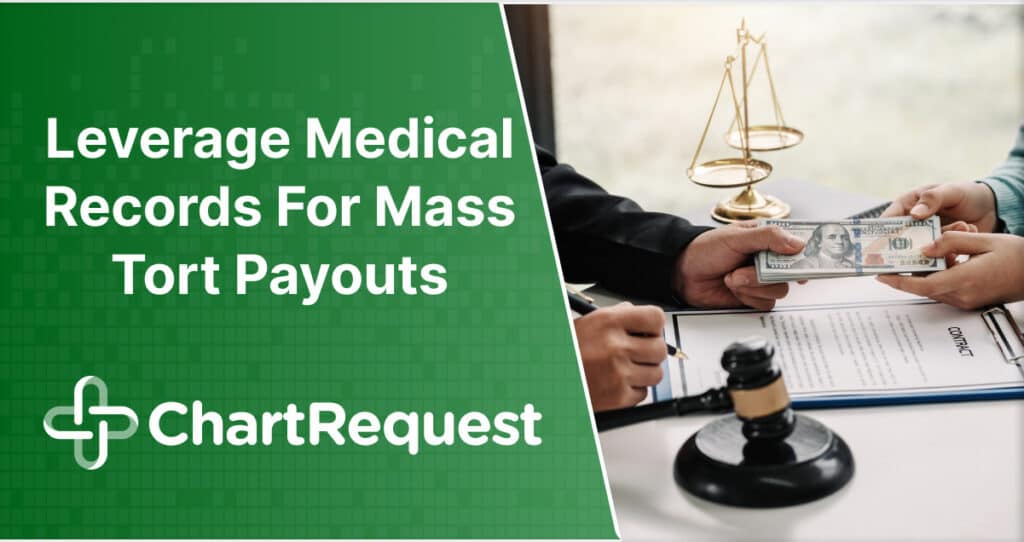On August 7, 2022, the United States Senate approved the $750 billion Inflation Reduction Act. Next, the House of Representatives will vote on it before sending it to President Biden‘s desk. If the bill passes, it will offer relief to millions of Americans struggling to keep up with rapid inflation.
Update: President Biden signed the Inflation Reduction Act on Tuesday, August 16.
Before we talk about the healthcare benefits, let’s briefly cover the Inflation Reduction Act’s higher corporate taxes and environmental investments.
To generate an estimated $313 billion over the next decade, the act imposes a 15% minimum tax on corporations. The act also imposes a 1% stock buyback tax.
Of the money raised and allotted by this 755-page bill, $375 billion will be used to fight the climate crisis. The act provides tax credits for companies that manufacture and/or produce solar, wind, and nuclear energy, as well as those that utilize carbon capture technology.
Consumers can also take advantage of tax credits for investing in wind and solar energy and purchasing new or used electric vehicles.
Now that we’ve covered the nonmedical basics of the Inflation Reduction Act, let’s observe the expected improvements to affordable healthcare.
HEALTHCARE IMPROVEMENTS OF THE INFLATION REDUCTION ACT
A majority of the Inflation Reduction Act provisions for affordable healthcare are directly relevant to Medicare beneficiaries. According to a 2021 report, only 14% of the 61.5 million Medicare beneficiaries are 65 years old or lower.This means that inflation reduction provisions primarily benefit seniors.
Prescription Medicine Price Negotiation: Medicare will gain the ability to negotiate the price of prescription drugs with manufacturers for the first time. This limited power will expand over the next 7 years, beginning with 10 prescription drugs in 2026. By 2029, there will be 20 prescription drugs eligible for negotiation.
The Secretary of HHS will write offers to these drug companies with details regarding how they reached their offer. Manufacturers must either accept the offer or propose a similar counter offer within 30 days.
Out-of-Pocket Cap for Prescription Drugs: The out-of-pocket cost of prescription drugs for Medicare Part D members will be capped at $2,000 per year starting in 2025. Members can break this down into monthly payments to avoid a heavy financial burden at the beginning of the year.
Insulin Price Cap: The price of insulin will be capped at $35 for Medicare members.
Inflation Control: Drug companies that raise prices higher than the inflation rate must rebate back the price difference to Medicare.
Free Vaccinations: Medicare Part D members will have access to free vaccinations beginning in 2023. This means no deductibles, no co-insurance, and no cost-sharing.
Affordable Care Act Extended: The ACA will last until 2025 to lock the price of healthcare premiums for 13 million people. Individuals insured under the Affordable Care Act can expect to save an average of $800 per year.
THE INFLATION REDUCTION ACT RAISES HOPE
In response to the Inflation Reduction Act, HHS Secretary Xavier Becerra said this in a statement:
“Today, with Senate passage of the Inflation Reduction Act, we are on the cusp of even more relief for America’s families when it comes to affording the health care they rely on and deserve.”
While most of the healthcare-related benefits are exclusively for Medicare beneficiaries, we can expect efforts toward affordable healthcare to continue. While the Senate Democrats managed to pass some groundbreaking legislation, there’s room for future improvements.
For example, insulin prices are a major pain point for most people living with diabetes. Despite relatively cheap manufacturing costs, life-saving doses of insulin can cost hundreds of dollars. The act initially proposed capping the price of insulin at $35 in general, but Congress voted against this.
ChartRequest agrees with Secretary Becerra’s statement that Americans deserve affordable and dependable healthcare. That’s why it‘s our mission to help healthcare providers manage referrals, coordinate care, and exchange medical records efficiently.
We reduce the release of information administrative burden, mitigate the factors that lead to staff burnout and turnover, and save medical organizations time and resources with our compliant online solution.
As the healthcare industry continues to evolve, don’t get left behind. Check out our partnership plans to learn more about the efficiency, transparency, and increased revenue only ChartRequest can provide.








